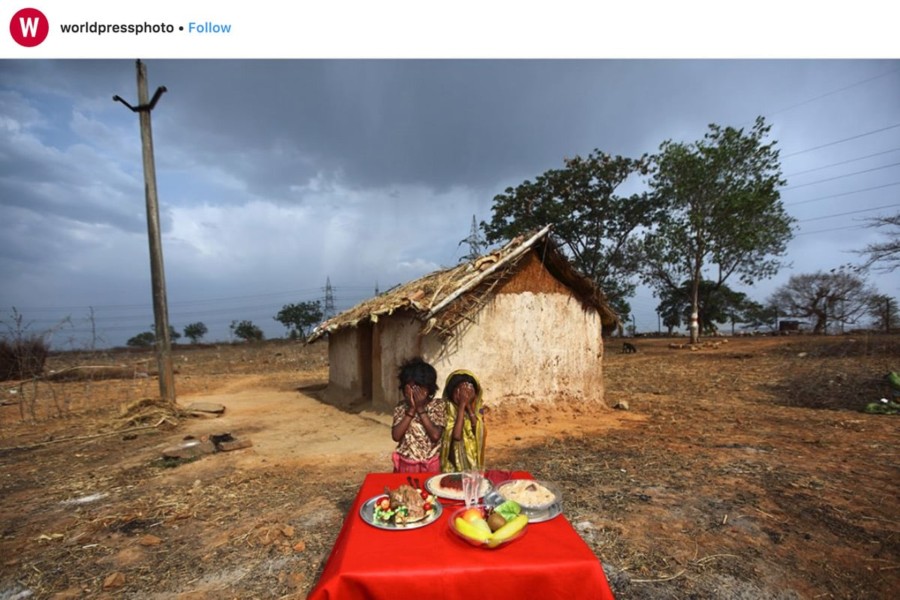Share
Alessio Mamo’s Photos are Abhorrent, And So Is World Press Photo’s Response
Last week Facebook founder and CEO Mark Zuckerberg made a somewhat startling statement regarding his company’s responsibility to tamper down on f...

Last week Facebook founder and CEO Mark Zuckerberg made a somewhat startling statement regarding his company’s responsibility to tamper down on fake news, conspiracy theories and disinformation campaigns.
“I’m Jewish, and there’s a set of people who deny that the Holocaust happened. I find that deeply offensive. But at the end of the day, I don’t believe that our platform should take that down because I think there are things that different people get wrong. I don’t think that they’re intentionally getting it wrong…”
Facebook has struggled with acknowledging and accepting their role as a media company that exhibits enormous control over how its customers consume content. Where moral clarity is needed, Zuckerberg is willing to punt the ball down the field, arguing that policing free speech is a slippery slope. It is. But not always.
Infowars, for example, has built an empire on peddling multiple debunked conspiracy theories, using the ensuing traffic to sell tainted supplements. The choice to ban Infowars from Facebook is wholly defensible if the company is willing to make an ethical choice and take a stand that might cost them followers and revenue.
Which brings us to World Press Photo’s latest controversy.
Like many brands, World Press Photo has built a following of nearly 1 million people by allowing photographers to “take over” the account. According to a Medium post, contributors are given guidelines, but WPP doesn’t otherwise police the content.
On Sunday, WPP award-winner Alessio Mamo posted a conceptual portrait series entitled “Dreaming Food” with poverty-stricken children in India posed in front of plastic food.
The reaction from many photojournalists was swift and outraged. The images were a textbook case of poverty porn/white savior complex taken by a photographer who hasn’t spent extensive time in the country, and which relies upon using disenfranchised children as props.
But more outrageous and disappointing was the muted response by World Press Photo claiming that the posts conformed to its guidelines and that they periodically review the guidelines based on feedback.
World Press Photo took a page out of the Zuckerberg playbook by taking no stance upon what is clearly outside ethical norms for the industry. They want to lead the way for visual journalism and storytelling, but lack the moral fiber to call out an ill-conceived photo series published on their Instagram account.
Mamo has 3,600 followers, World Press Photo has 1 million. Mamo is a single photographer who came up with a controversial way to portray poverty. World Press Photo is an organization that helps define what contemporary photojournalism is by handing out coveted awards each year. They not only have a staff, but resources and an institutional memory that should make it easy for them to say “this is wrong.” They might want to remain neutral, but they have a powerful voice in photojournalism, and they help normalize what is and is not acceptable. They gave the keys to Mamo and when he crashed, they missed an opportunity to lead the industry – opting instead to offer a bulleted list of why everything is fine and dandy from their perch.


